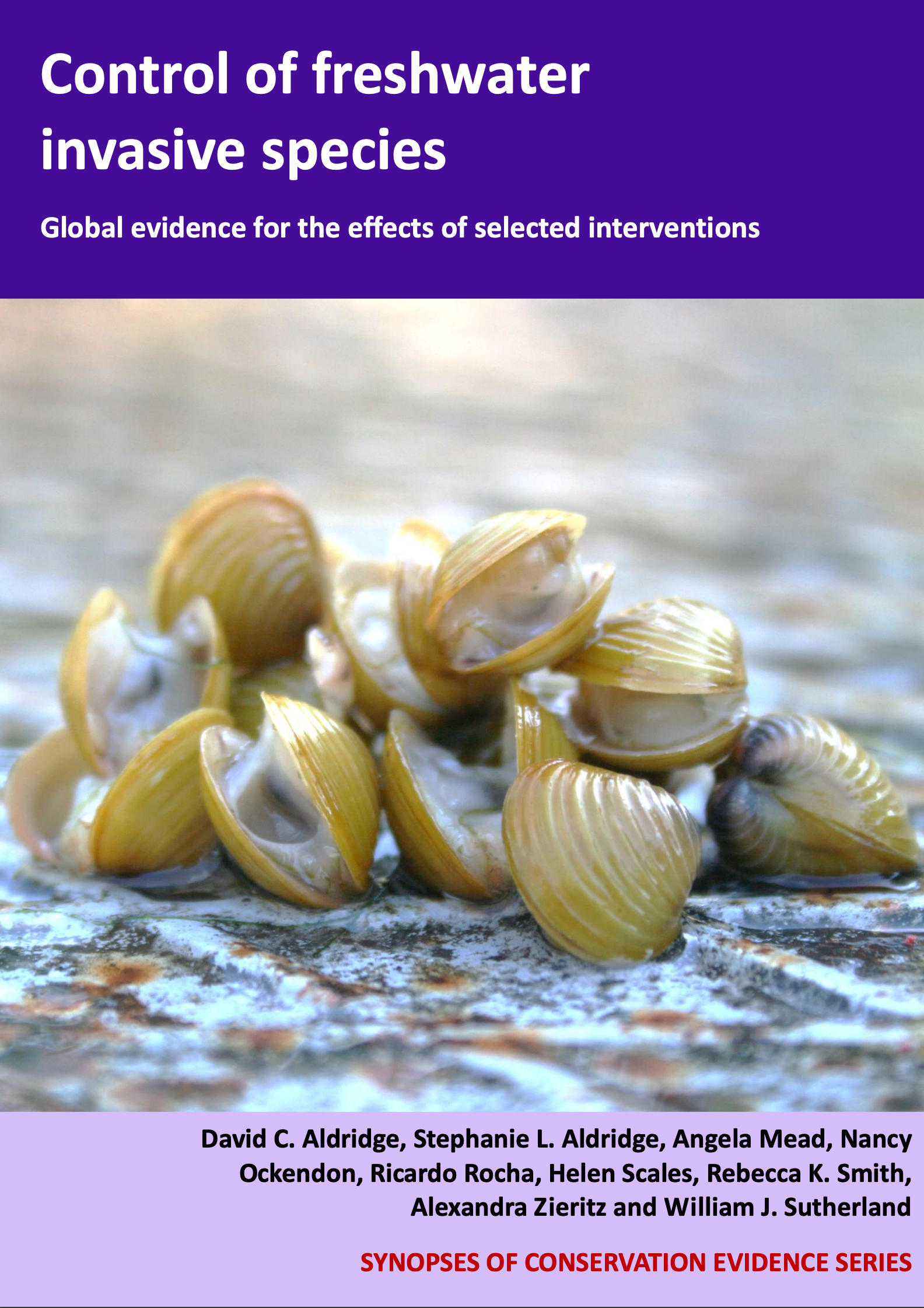Floating pennywort: Biological control using co-evolved, host specific herbivores
-
Overall effectiveness category Unlikely to be beneficial
-
Number of studies: 1
View assessment score
Hide assessment score
How is the evidence assessed?
-
Effectiveness
20% -
Certainty
50% -
Harms
not assessed
Study locations
Supporting evidence from individual studies
A replicated laboratory and field study in 2011 in South America (Walsh & Maestro 2011) found that the South American weevil Listronotus elongatus, was the most common herbivore on floating pennywort and caused more feeding lesions on floating pennywort than on any other plant species, but field results found that the weevil did not reduce floating pennywort biomass. Other species found to feed on floating pennywort included mining flies of genus Monochaetoscinella and Hydrellia, and the larvae of the moth Paracles quadrata. When the weevils were allowed to invade a mixed patch containing floating pennywort in the field, the highest numbers of larvae and adult weevils were found on patches of floating pennywort with the highest biomass, indicating that weevils perhaps move away from damaged plant sections and concentrate in the denser sections of the plant patch. Studies of adult weevil plant choice involved a three-stage process, beginning with a simple no-choice, cut-leaf feeding test on many plant species, followed by a whole-plant against cut-leaf no-choice test on selected species. Finally, South American weevils were allowed to invade a mixed patch containing floating pennywort, where after two months, damage was evaluated in 30 randomly selected 10 x 10 cm squares.
Study and other actions tested
Where has this evidence come from?
List of journals searched by synopsis
All the journals searched for all synopses
This Action forms part of the Action Synopsis:
Control of Freshwater Invasive Species
Control of Freshwater Invasive Species - Published 2017
Control of Freshwater Invasive Species Synopsis





)_2023.JPG)














